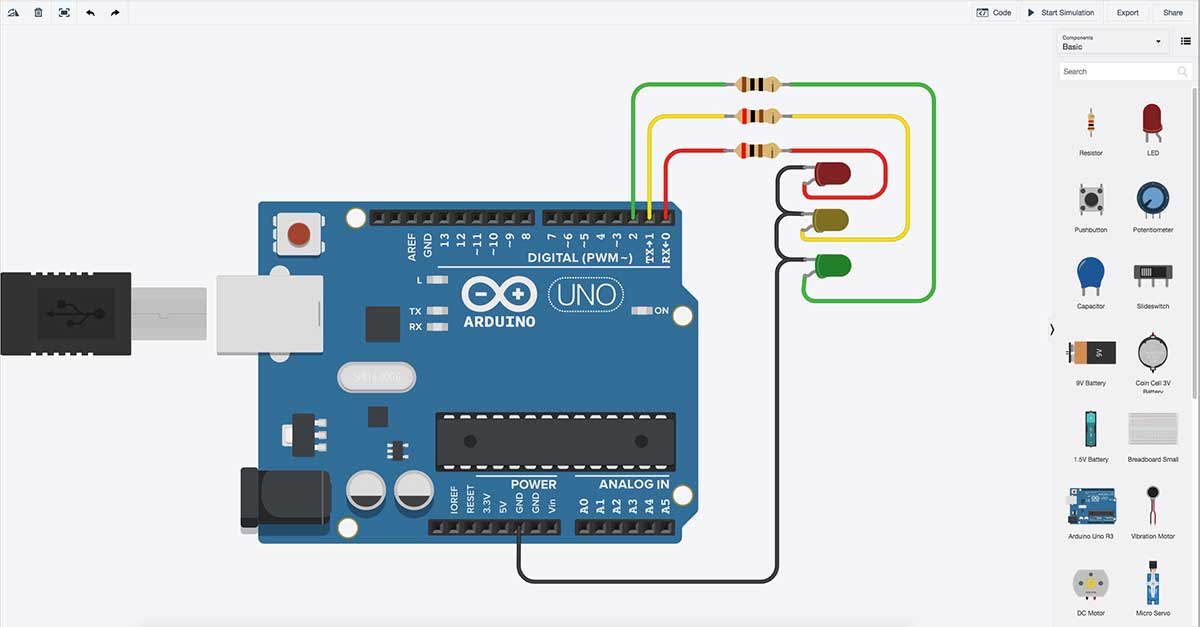

One comment: the linked script name is not target.ldas mentioned in the text at the top, rather. Values selected or entered here will be reflected in generated linker script. Personally, I recommend not to change these settings if you are not familiar with GNU linker scripts. If you choose Custom design which means project from scratch and then just basic application skeleton will be available.įifth window serves for entering of some settings regarding linking. Choosing some eval board gives more options to application skeleton to select from. As mentioned above, our target board now is STM32F3-Discovery. The fourth allows you to select the target hardware platform and some libraries used in project creation process and also the roamable file format. In the third window, enter the project title and choose its location. The second window just shows some welcome message. In the first window, select STM32 Project and confirm your selection. This starts showing series of wizard windows guiding you through the project creation process. The Project WizardĪfter launching the Code::Blocks IDE, select File > New > Project. In this tip, we will use STM32F3Discovery.

Code blocks arduino install#
You need to install three things to start the development process:Īlso you need eval board, e.g., STM32 Discovery series will be the best choice for beginners.

Embedded Plugin Suite includes GCC ARM toolset for building the projects and also debugger plugin support almost all STM32 devices via ST-Link/V2 in-circuit debug adapter. The Code::Blocks IDE is an open source free IDE and the Embedded Plugin Suite is a special set of plugins and scripts extending the basic Code::Blocks IDE suite. For this purpose, we will use Code::Blocks IDE equipped with Embedded Plugin Suite.
Code blocks arduino how to#
For those who have decided to develop STM32 embedded application, but still do not know how to start, now you can get insight.


 0 kommentar(er)
0 kommentar(er)
